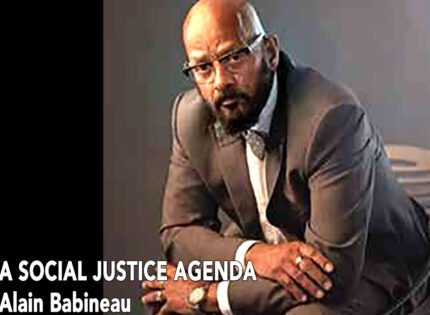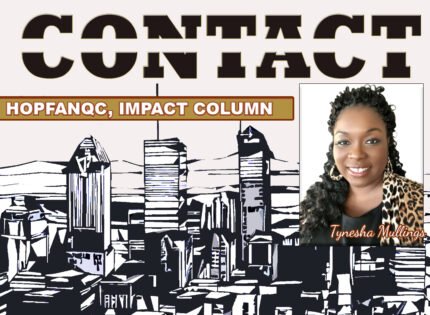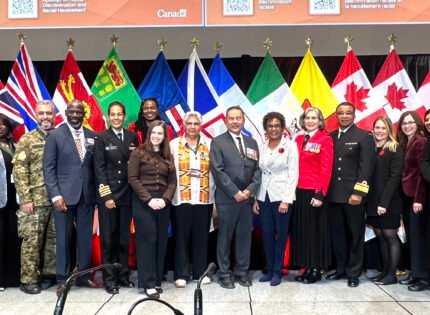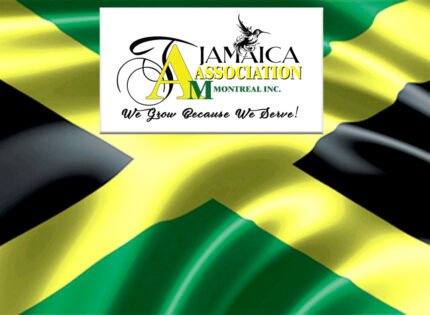Canada is faced with yet another shocker in less than a month with the discovery of more than 750 unmarked graves near a former Catholic residential school for First Nations children in Saskatchewan.
shocker in less than a month with the discovery of more than 750 unmarked graves near a former Catholic residential school for First Nations children in Saskatchewan.
This new find, follows swiftly on the heels of the discovery at the end of May of the remains of 215 Indigenous children in Kamloops, British Columbia, at what was once Canada’s largest residential school for Indigenous children.
Some 150,000 Native American, Metis and Inuit children were forcibly recruited until the 1990s to 139 of these residential schools across Canada, where they were isolated from their families, their language and their culture.
These sordid discoveries have served to further strengthen the call for the removal/ destruction of monuments and statues that epitomized slavery, bigotry and oppression.
Recent victim of the growing iconoclastic behavior was the statue of Egerton Ryerson considered one of the primary architects of Canada’s residential school system. His statue was toppled on the campus of the University in Toronto that bears his name, along with a growing call by professors and other faculty members that the institution also changes its name.
Should the past be erased this way?
The action of effacing history by toppling, destroying, or painting graffiti on statues only bring closer scrutiny on the figures celebrated by these monuments — thereby allowing history to be retold from the viewpoint of their victims.
Eliminating them from public view is certainly not the ideal thing to do. As oppressive and unpleasant as the past may have been, it cannot be changed. So are we really waging a war on statues, or simply waging war on stories.
The statues and monuments were designed to tell a story, a historical one at that so let history be told. Eliminating symbols does nothing of substance, as they reflect the values of those who erected them.
Removal would not erase history. There are several history books out there that tell about slavery, discrimination, human degradation and the atrocities surrounding residential schools and more.
However, people will not forget about Canada’s first prime minister Sir John A Macdonald, who was linked to cruel policies that killed many Indigenous people in the late 19th century, and whose family had ties to the slave trade nor James Mc Gill who enslaved Black and Indigenous individuals and profited from goods produced by enslaved people in other colonies, former prime minister who also had a role to play in residential schools.
Historical monuments and statues are symbolic of norms and values that we as Canadians once agreed to commemorate.
In Toronto there has been a growing call for the City to rename Dundas Street named after Henry Dundas, who delayed the abolition of slavery in the British Empire.
Are people going to forget who John A. Mc Donald was, or who was Ryerson, because you removed their monuments? What about Mc Gill University?
Monuments do not teach history; instead it is all about values. Additionally, it is not about what we tell ourselves but what our ancestors tell us, so the question that springs to mind is what will be told to the oncoming generation?
The presenting enigma is what should be done about the statues and monuments? Several solutions have been proffered, and regardless of whichever route is navigated, history will once again be written, as we cannot completely erase even the ugliest parts of our history. Nor can we airbrush out the complex and factitious parts of our history, for at its very core lies the crux of the matter —— our relationship with history, and whether removal can be considered tantamount to reappraisal of historic wrongs.
We must engage rather than become enraged. Before making any stand we must truly understand the history of the land.
Like racism Canada must look history straight in the eye and reflect long and hard on her inept relationship to it… not simply Photoshop the nasty bits out.
It is totally abhorrent to lead others in believing that statues / monuments or named institutions in one-way or another have an impact on today’s social issues. Would removal of a statue make any significant difference to inequalities of race, class or gender?
Instead of insisting that statues should come down, we should engage in the politics needed to bring about real change. The act of understanding history depends on recognizing how the past informs the present, and not editing out parts we do not like.
This in turn means that individuals and events of the past are legitimate parts of the narrative and fabric of history. Allowing these monuments to stand is not to be viewed as legitimizing the views of 19th century slaveholders or but rather, it is part of the “challenge of history” to debate the moral questions the monuments may present, and confront them head-on.
For some the answer may be to put the figures in a museum but removal does not meet approval. If we are pursuing a chaste past unsullied by the absence of destroyed statues and monuments then we are certainly chasing behind apparitions— such does not exist.
History is not going anywhere; it is always going to be there. At last it is revealing Canada’s true past.
Aleuta….. The struggle continues.















